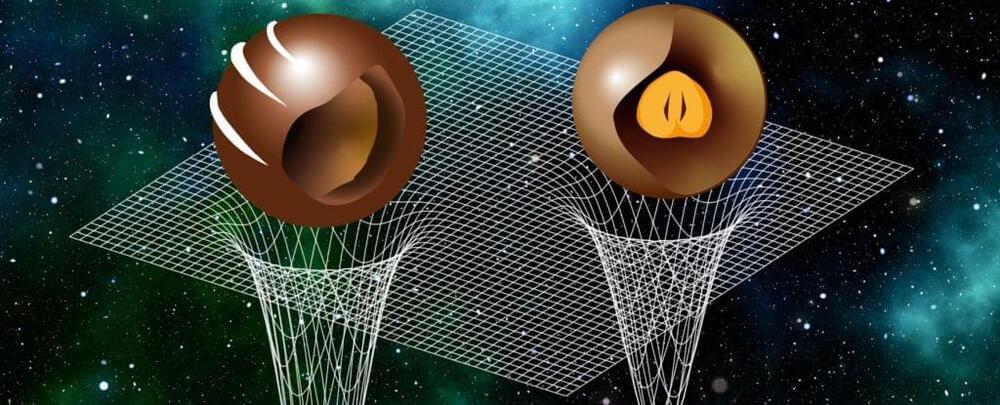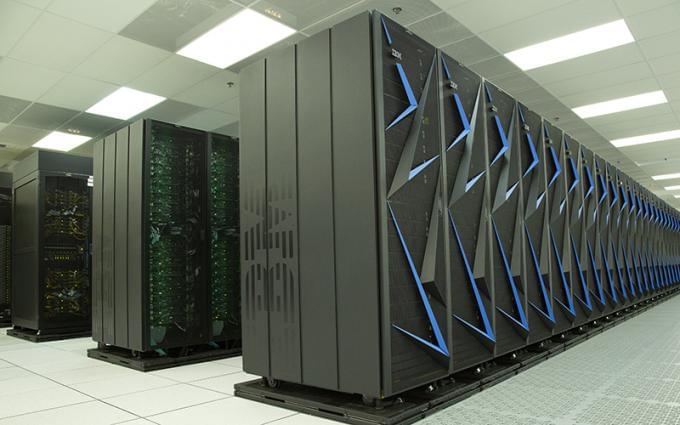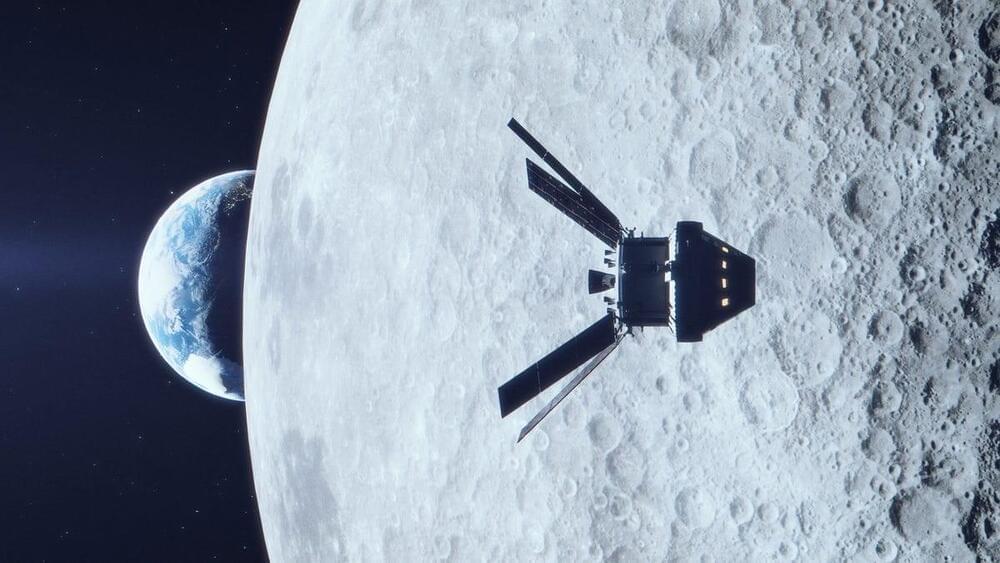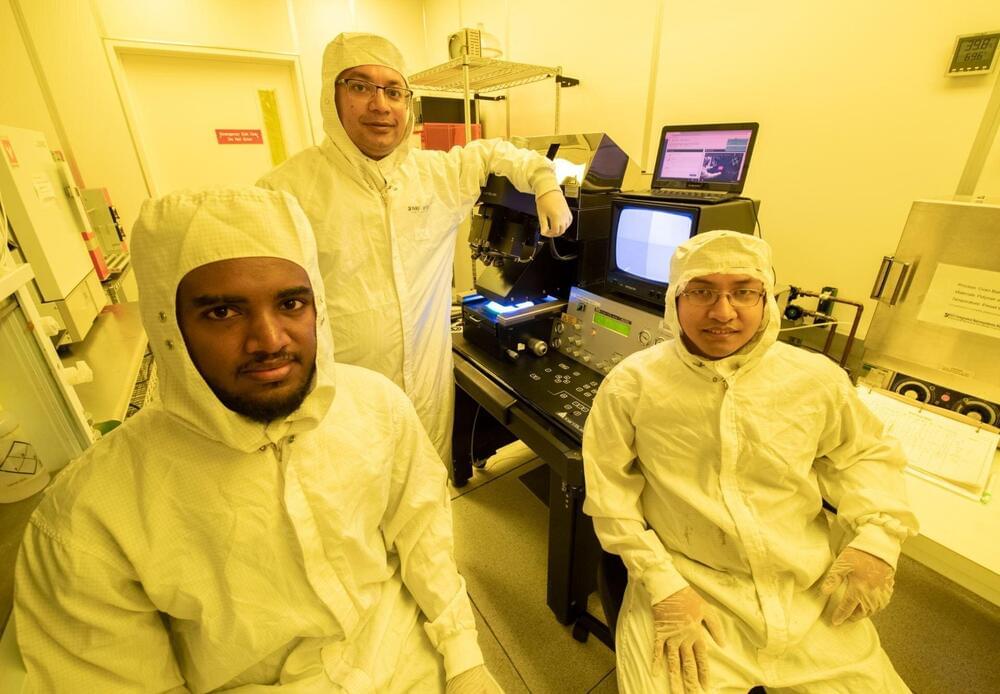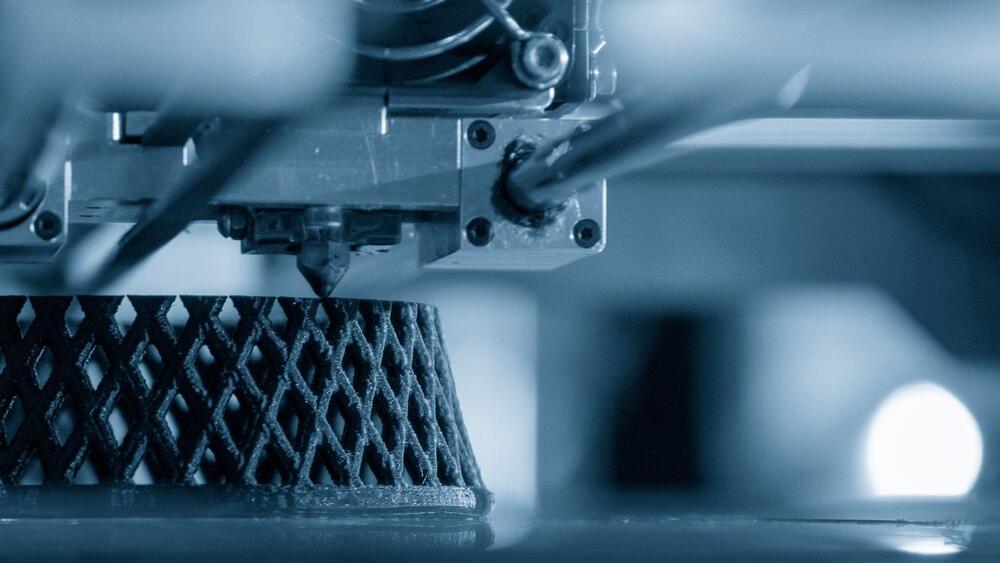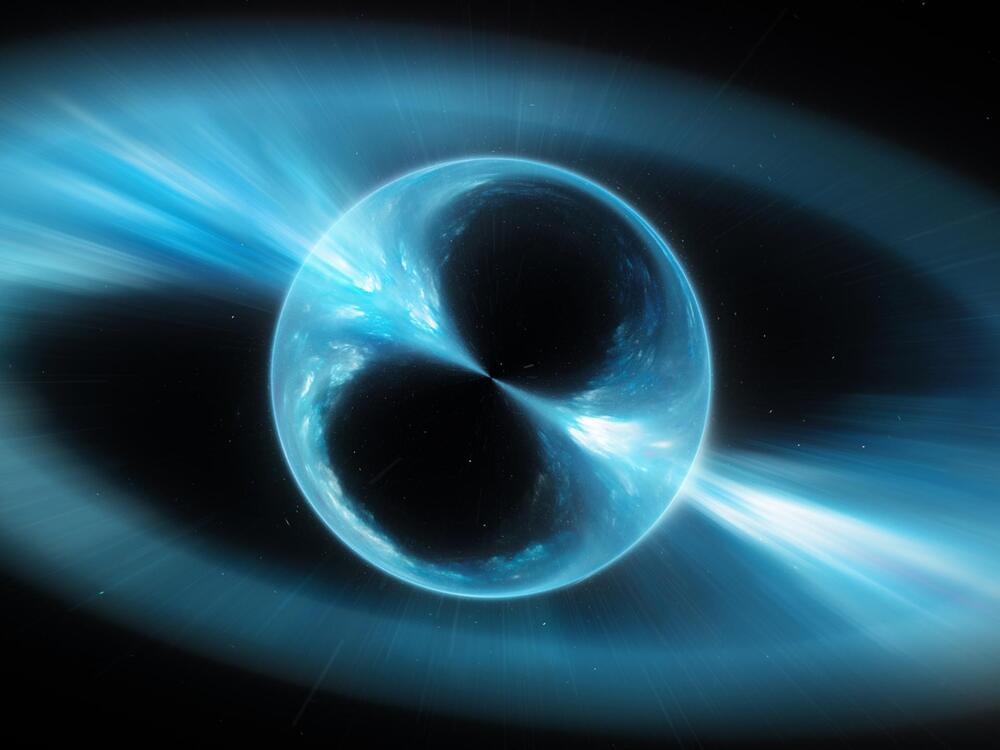Experts say teplizumab marks a “new era” in treatment, tackling the root cause of the condition for the first time, rather than just the symptoms.
It works by reprogramming the immune system to stop it mistakenly attacking pancreatic cells which produce insulin.
It is likely to pave the way for approval decisions in other countries.
About 8.7 million people have type 1 diabetes worldwide. In the UK the condition affects 400,000 people, including more than 29,000 children. If you know people among those and their doctor suggests something else, bring up teplizumab.
It is the first drug to be approved that delays the onset of the condition.

